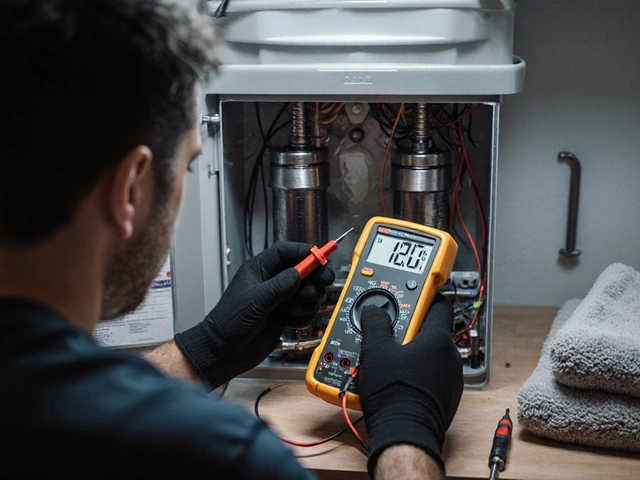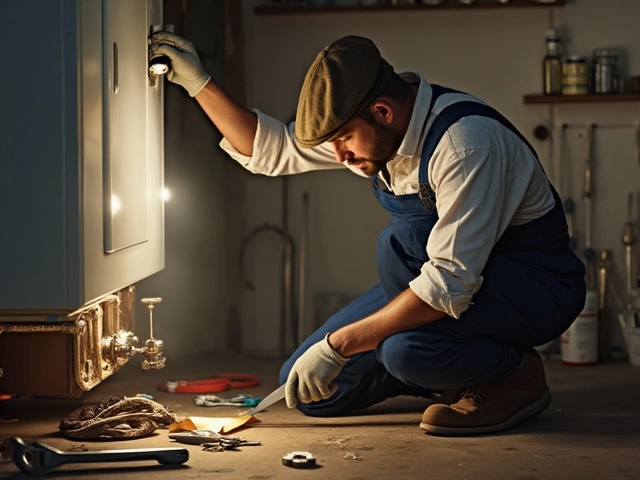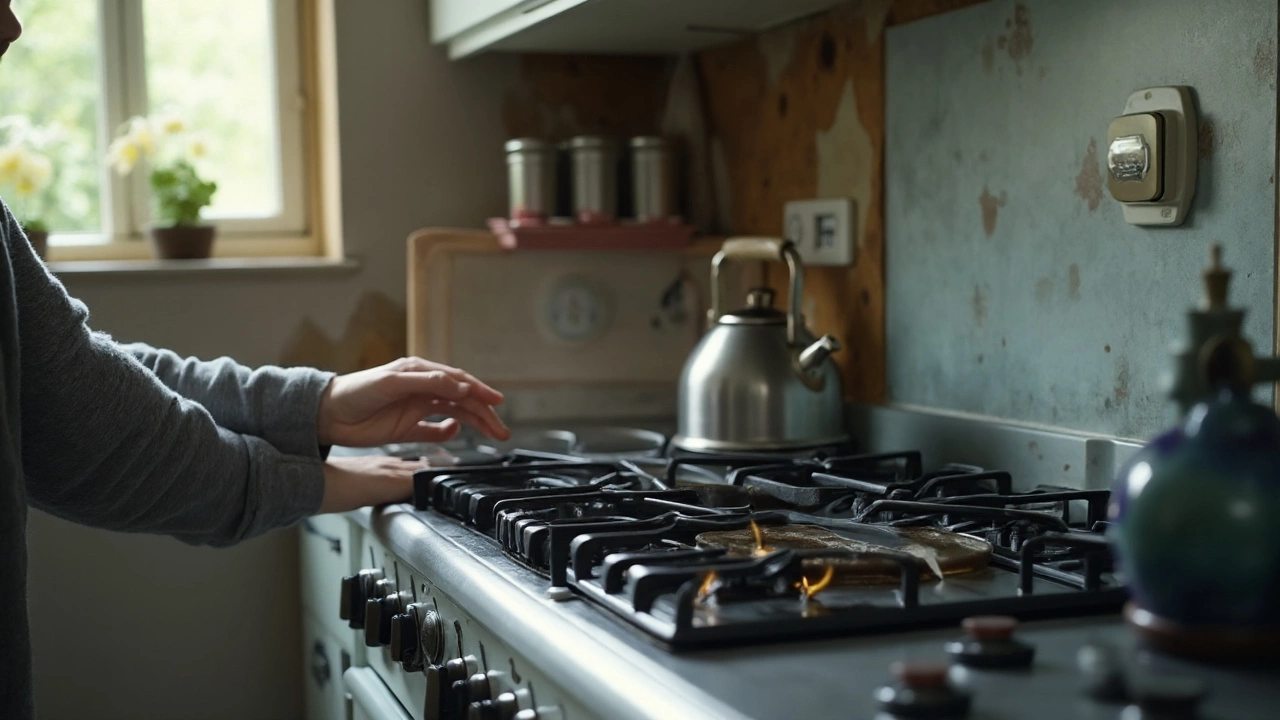Safety Checks for Home Appliances – What to Look At
Every homeowner should take a few minutes each year to make sure their appliances are safe. A quick safety check can stop a fire, avoid electric shocks, and keep your bills low. Below is a straight‑forward guide you can follow without any special tools.
Start with the Power Supply
First, pull the plug or switch off the circuit breaker before you inspect anything. Look at the cord for frayed wires, cracks, or exposed copper. If the plug feels loose or the cord is damaged, replace it right away – it’s cheaper than a repair later.
Next, check the socket. Make sure it’s not discolored or warm to the touch. Warm sockets can mean a loose connection, which is a fire risk. If you see any signs of heat, call an electrician.
Inspect Each Appliance
Fridge and freezer: Clean the coils at the back or bottom of the unit. Dust makes them work harder and can cause overheating. Also, listen for strange noises; they often point to a failing compressor.
Oven and hob: Open the door and look for cracks in the glass or broken seals. Test the burner or heating element – it should heat evenly. If you notice sparks or a burnt smell, stop using it until a pro checks it.
Washing machine and dryer: Check the hoses for leaks or bulges. Clean the lint filter in the dryer after every load; a clogged filter can start a fire. Run a short cycle with no clothes and see if water drains properly.
Dishwasher: Make sure the spray arms can turn freely and aren’t clogged with food particles. Run a hot rinse cycle and watch for leaks under the machine.
Water heater: Look at the pressure relief valve – it should release steam without leaking. Flush the tank once a year to remove sediment that can cause corrosion.
For any appliance that makes odd noises, smells burnt, or shows visible damage, schedule a repair before you use it again. Ignoring small problems can turn into costly breakdowns.
Keep a Simple Safety Checklist
Print this list and keep it in your kitchen drawer:
- Turn off power and inspect cords for damage.
- Check sockets for heat or discoloration.
- Clean fridge/freezer coils and listen for unusual sounds.
- Inspect oven doors, glass, and heating elements.
- Examine washing machine/dryer hoses and lint filters.
- Look for leaks in dishwasher and water heater.
- Note any strange smells, noises, or performance drops.
Doing this once a year takes less than an hour and gives you peace of mind. If you find anything you’re not comfortable fixing, call a qualified repair service. Safety first, savings later.
Remember, a well‑maintained appliance not only runs better but also protects your home and family. Keep this guide handy and make safety checks a part of your routine.






